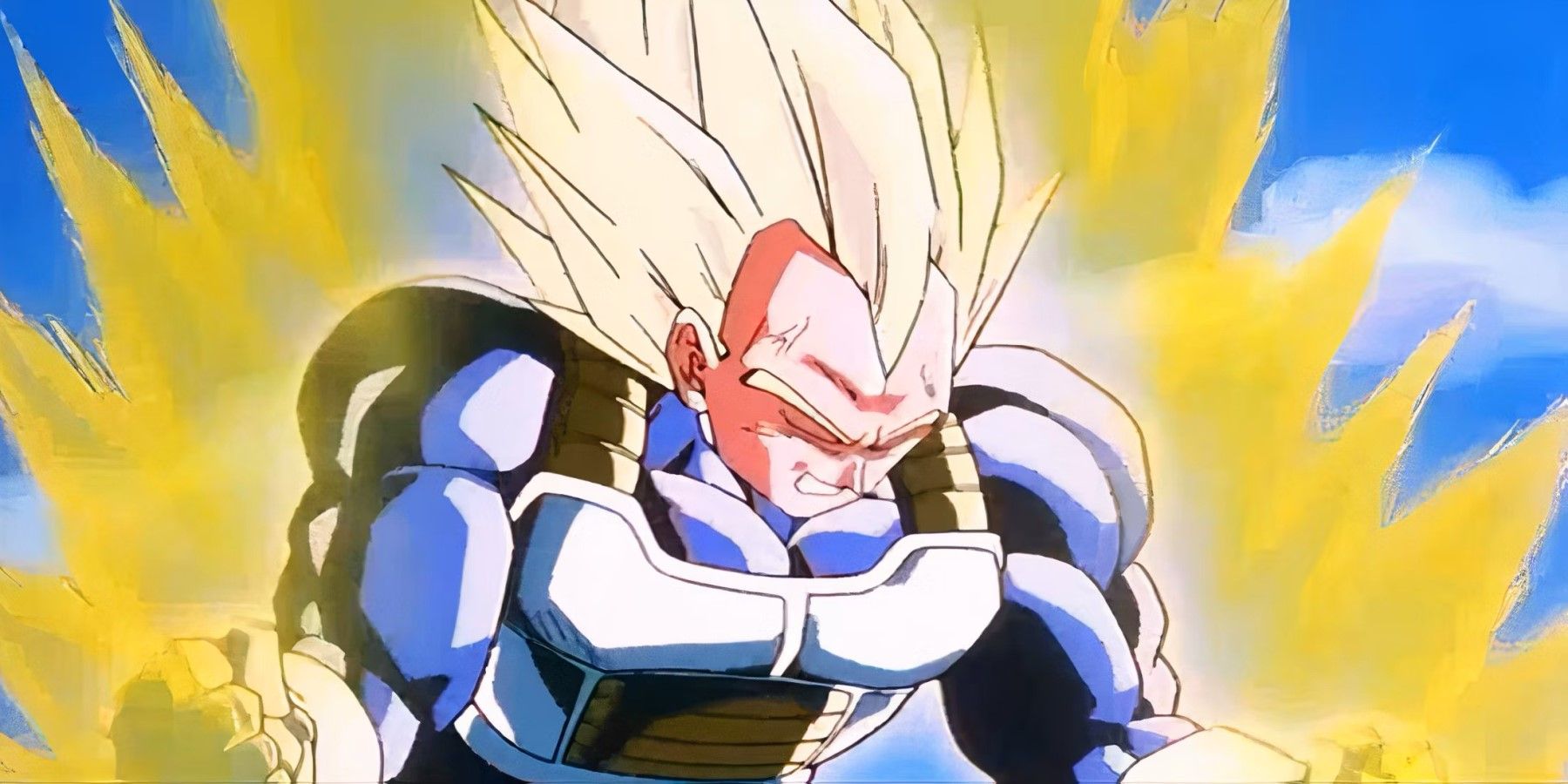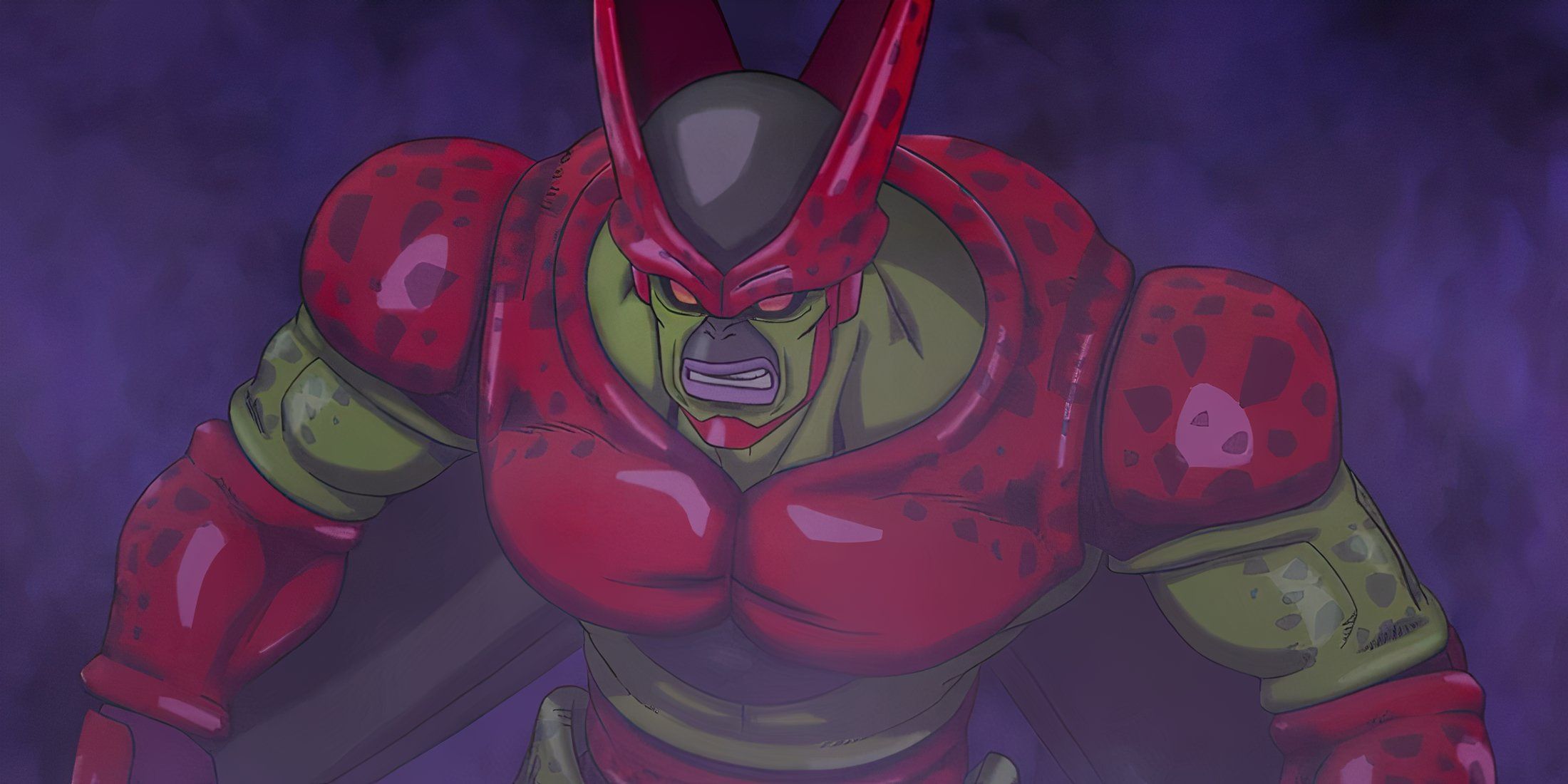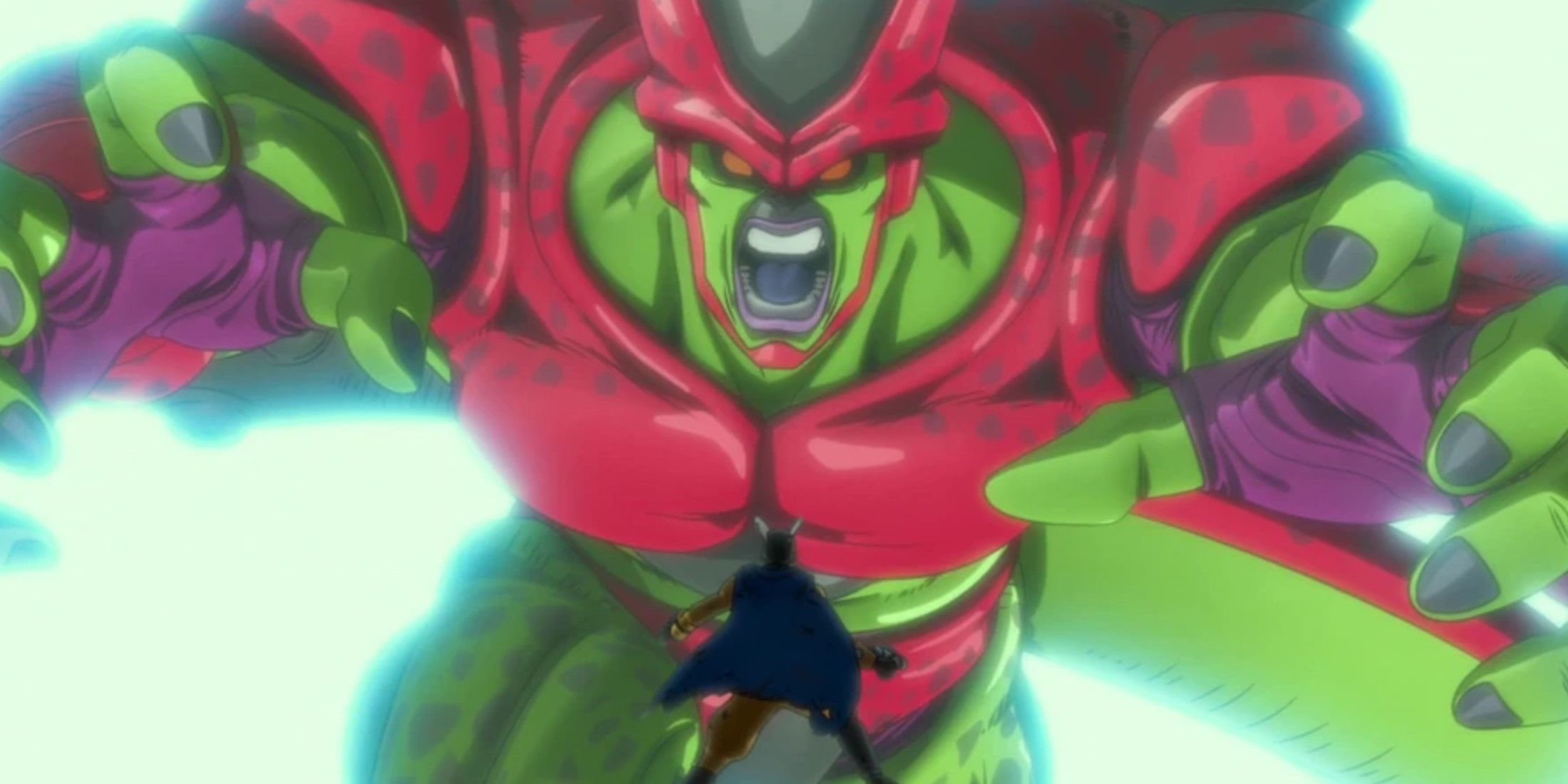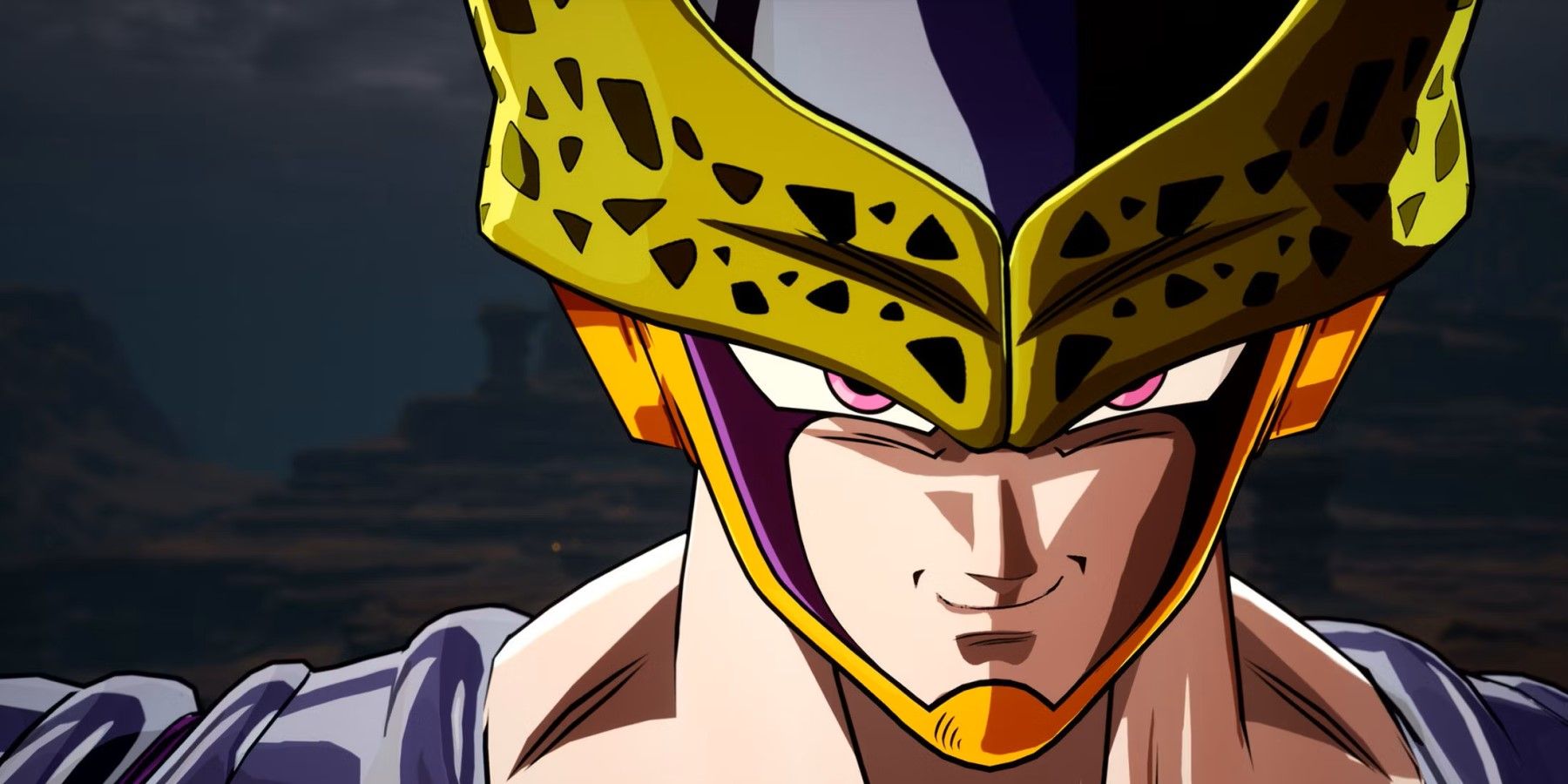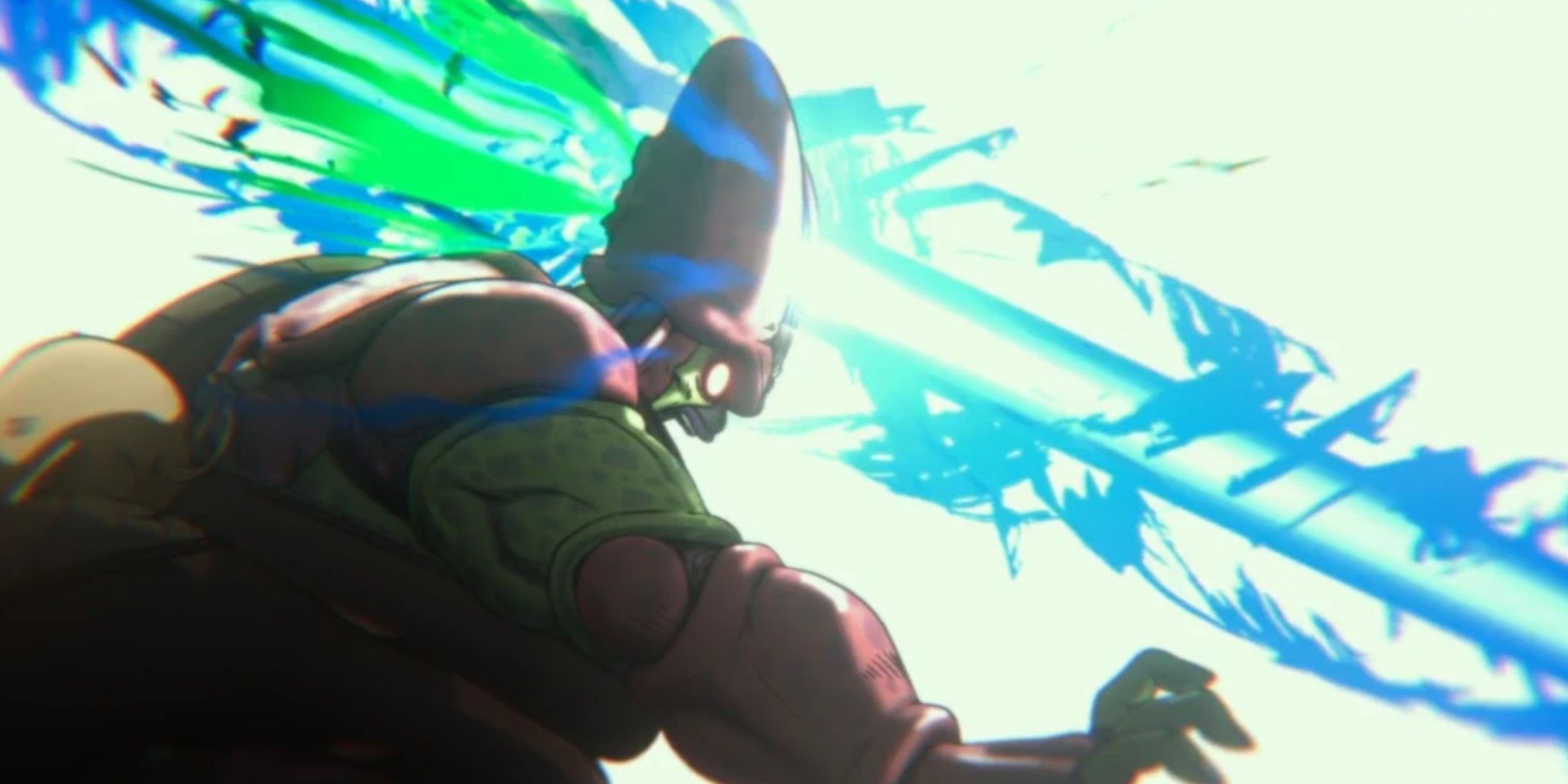Highlights
- Cell Max, a lackluster villain, fails to live up to the legacy of the original Cell from Dragon Ball Z.
- Created by Dr. Hedo, Cell Max is a kaiju-like character with no real depth or strategic acumen.
- Cell Max's introduction in Dragon Ball Super serves as a plot contrivance for a new transformation for Gohan rather than a real threat.
Serving as the final antagonist of the Super Hero Saga in Dragon Ball Super, Cell Max is the creation of Dr. Hedo, working under the revived Red Ribbon Army. The character shares some similarities with the original Cell from Dragon Ball Z — one of the most memorable antagonists created by Akira Toriyama — although Cell Max's persona was more akin to a kaiju than his predecessor.
In a way, Cell Max's introduction was a blight on the legacy of one of Dragon Ball Z's greatest villains, replacing him with a lackluster monster who harbored no real depth and displayed none of the ambition or initiative shown by Perfect Cell. Hence, here is an examination of why Cell Max is Dragon Ball Super's worst villain, and why he was more of a plot contrivance for Dragon Ball Super: Super Hero than a real threat.
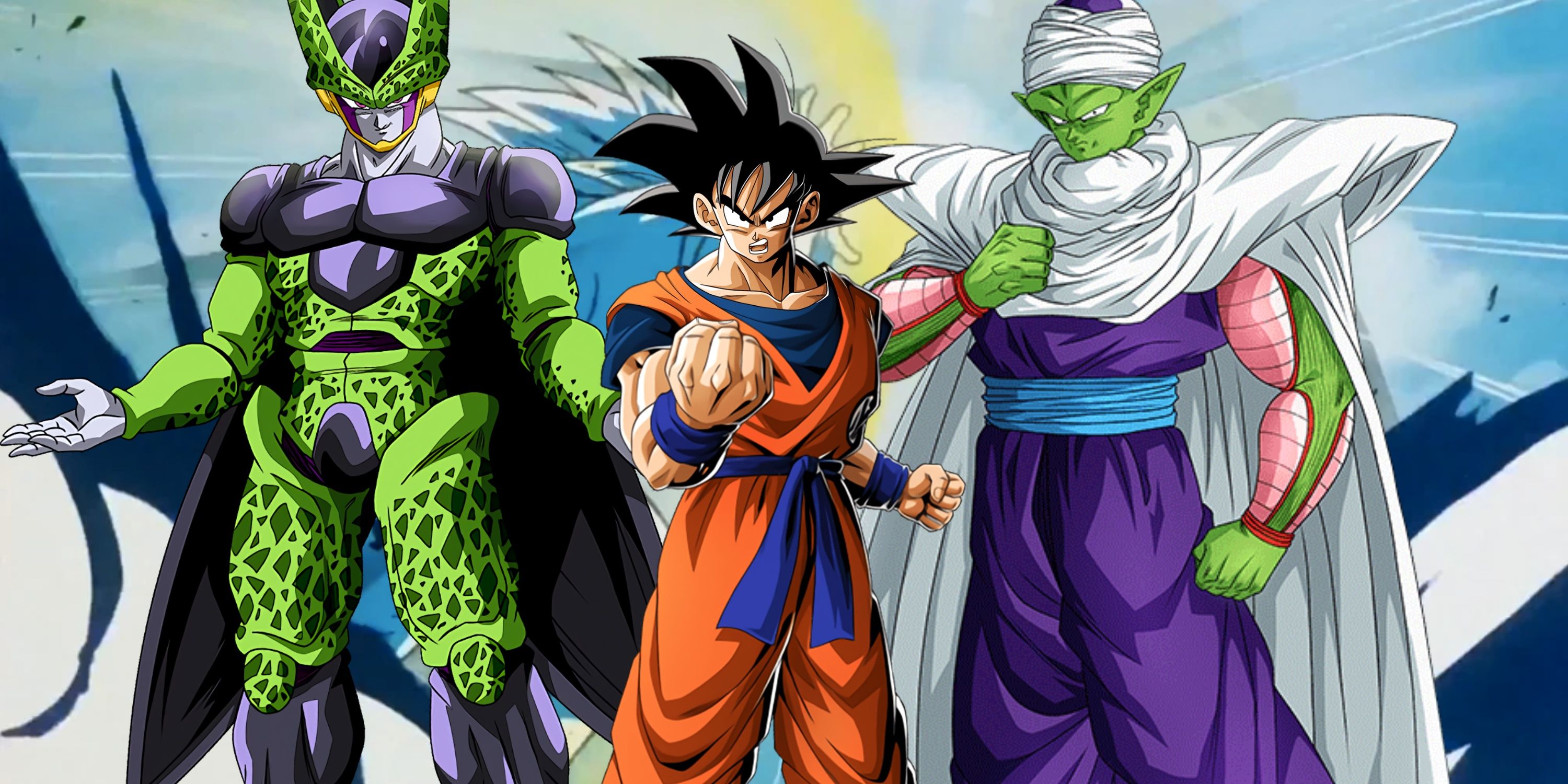
5 Most Creative Fighters In Dragon Ball, Ranked
Here are some of the characters from the Dragon Ball franchise who have a knack for constantly innovating in the heat of battle.
Who Is Cell Max?
Portrayed as an upgraded version of the original Cell created by Dr. Gero of the Red Ribbon Army, Cell Max is a Bio-Android developed by Gero's grandson, Dr. Hedo. The young scientist was enlisted to create Cell Max by Magenta, the son of Commander Red, who is the current leader of the revived Red Ribbon Army, and president of Red Pharmaceuticals, which is its public face.
For the most part, Cell Max greatly resembles Semi-Perfect Cell in terms of facial structure and physique, although the former's color scheme is primarily green and red instead of orange and green. Cell Max also has glowing eyes, wings, and a mace attached to his tail, which distinguish his design from that of Semi-Perfect Cell.
Another key divergence comes in terms of Cell Max's stature, which was considerably large at the time of his debut, but increased to a colossal size by the end of the Super Hero Saga. In Dragon Ball Super, Cell Max was also portrayed as a mindless monster, which was primarily due to the fact that he was awakened from his chamber by Magenta, before Dr. Hedo could finish working on him. This depiction was a radical departure from the characterization of Cell, who provided his genetic template.
Examining His Link To Cell
Unlike his predecessor from Dragon Ball Z, Cell Max exhibited no real motives, sense of composure, and strategic acumen, since the majority of his screen time was spent in a berserk rampage. This produces a clear distinction between the two antagonists, despite their many shared characteristics. Conversely, Cell Max did display enough combat skills to deal with experienced martial artists such as Piccolo and Gohan, but this was also due to the massive advantages he had over them in terms of size and raw power.
Whereas the original Cell was primarily an organic being, Cell Max appeared to be a composite Bio-Android with a lot of mechanical bodily augmentations, which were revealed in Dragon Ball Super: Super Hero. This divergence from Cell's earlier design could be attributed to Dr. Hedo using incomplete data from Dr. Gero's work to create Cell Max. Ultimately, Cell Max's similarities to Cell were more superficial than anything else, and herein lies the problem.
Why Cell Max Fails As An Antagonist
Even in Dragon Ball Super: Super Hero, as well as the Super Hero Saga in the Dragon Ball Super manga, Cell Max's introduction was far less emphatic than that of the original Cell, which was compounded by his uninspiring characterization as a kaiju. Such antagonists are rare when looking at the entire Dragon Ball franchise, and the only other villain who fits into this category is Hirudegarn from Dragon Ball Z: Wrath of the Dragon.
Cell was a villain that etched his place into anime history due to how he possessed well-fleshed out goals, an incredibly memorable design, a varied and unique fighting style, as well as a malicious magnetism that perhaps only Frieza could compete with. It is only natural for the franchise's fan base to anticipate something similar from Cell Max, but the subversion of expectations here led to a character that was all brawn and no substance.
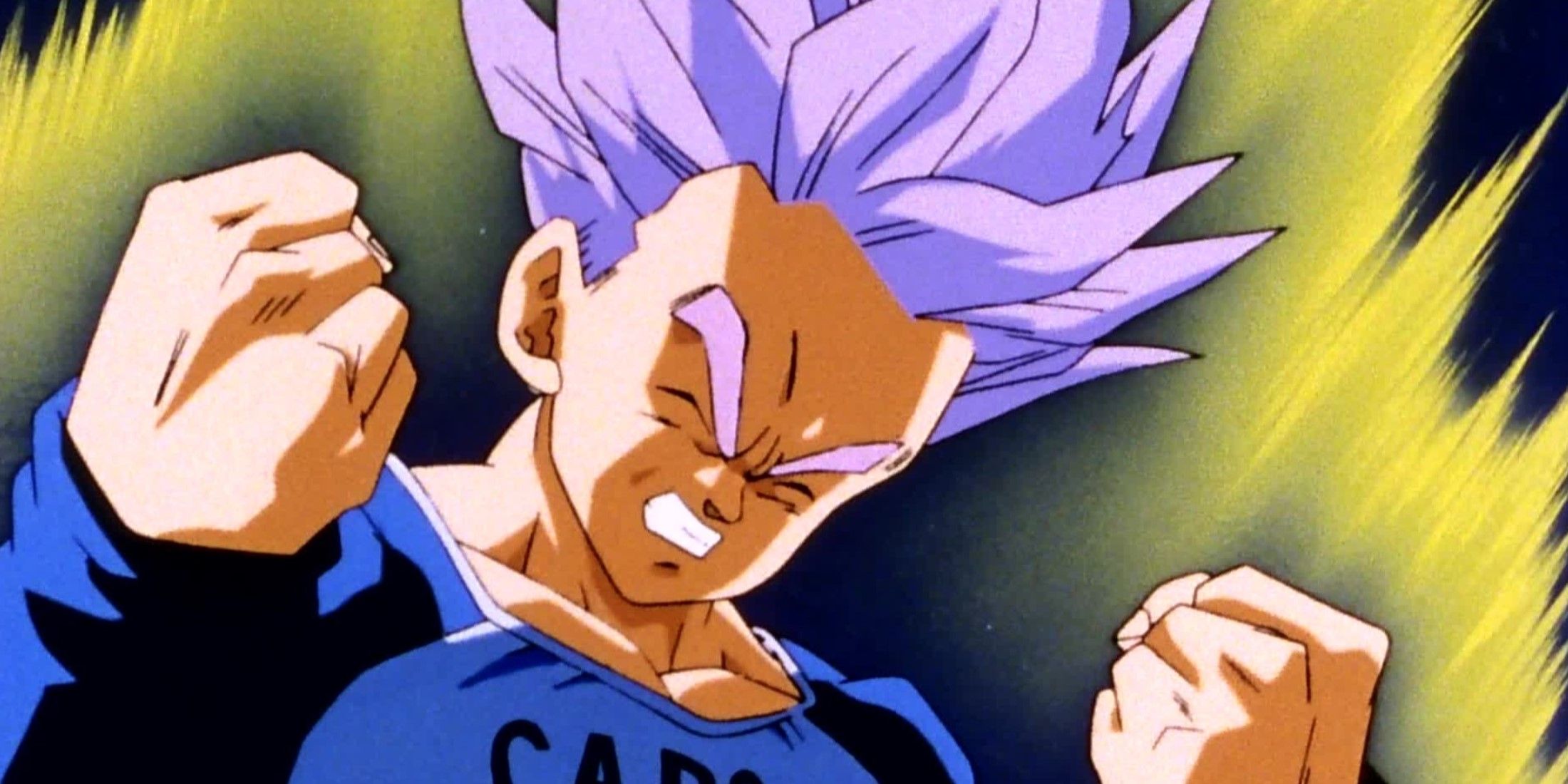
Is This Dragon Ball Z’s Best Super Saiyan Transformation?
Future Trunks' first time going Super Saiyan in Dragon Ball Z: The History of Trunks is an exceptional moment in the anime and here's why.
There was never any real doubt that Gohan and Piccolo would prevail against Cell Max because of how little he offered as a villain. In the end, Cell Max was simply an obstacle that Gohan needed to overcome, in order to achieve a new transformation that allowed him to catch up with Goku, Vegeta, and Broly. Before his Beast form premiered on screen, Gohan had been languishing behind Vegeta and his father, having made limited progress since his epic victory against Perfect Cell in Dragon Ball Z's Cell Games Saga.
With this in mind, Cell Max was set up to be a rival to Gohan like the original Cell, but the outcome was not the same. Perfect Cell was a character who stood far above the Z-Fighters in strength, and the sheer task of overcoming him took several visits to the Hyperbolic Time Chamber and the achievement of new Super Saiyan forms. A similar aura has pervaded some of the more effective antagonists in Dragon Ball Super, including the likes of Hit, Jiren, Beerus, and Golden Frieza, but the same cannot be said of Cell Max.
How This Tarnishes The Legacy Of An Iconic Anime Villain
Eclipsed only by Vegeta and Frieza in terms of the impact an antagonist can have on the Dragon Ball franchise as a whole, Cell remains one of anime's most iconic villains, and his climactic battle with Gohan is one of Dragon Ball Z's greatest clashes. While Vegeta and Frieza were both revived and given new roles in the narratives of Dragon Ball Z and Dragon Ball Super, a similar sort of rebirth for Cell's character would not have made much sense given his origins.
That being said, creating a kaiju caricature of such an incredibly well-written villain was almost a disservice to the legacy of the Cell Saga, which is often cited among the best story arcs in the Dragon Ball franchise. Even though Dragon Ball Super has thrived on bringing back old antagonists alongside new ones, the Super Hero Saga was a rare miss for the series. Unfortunately, Cell Max simply could not live up to the massive shoes he needed to fill, and his presence acted as nothing more than an excuse to unleash a new transformation for Gohan, adapting Dragon Ball's time-honored formula with none of its redeeming qualities.
Dragon Ball Super is available to stream on Crunchyroll.
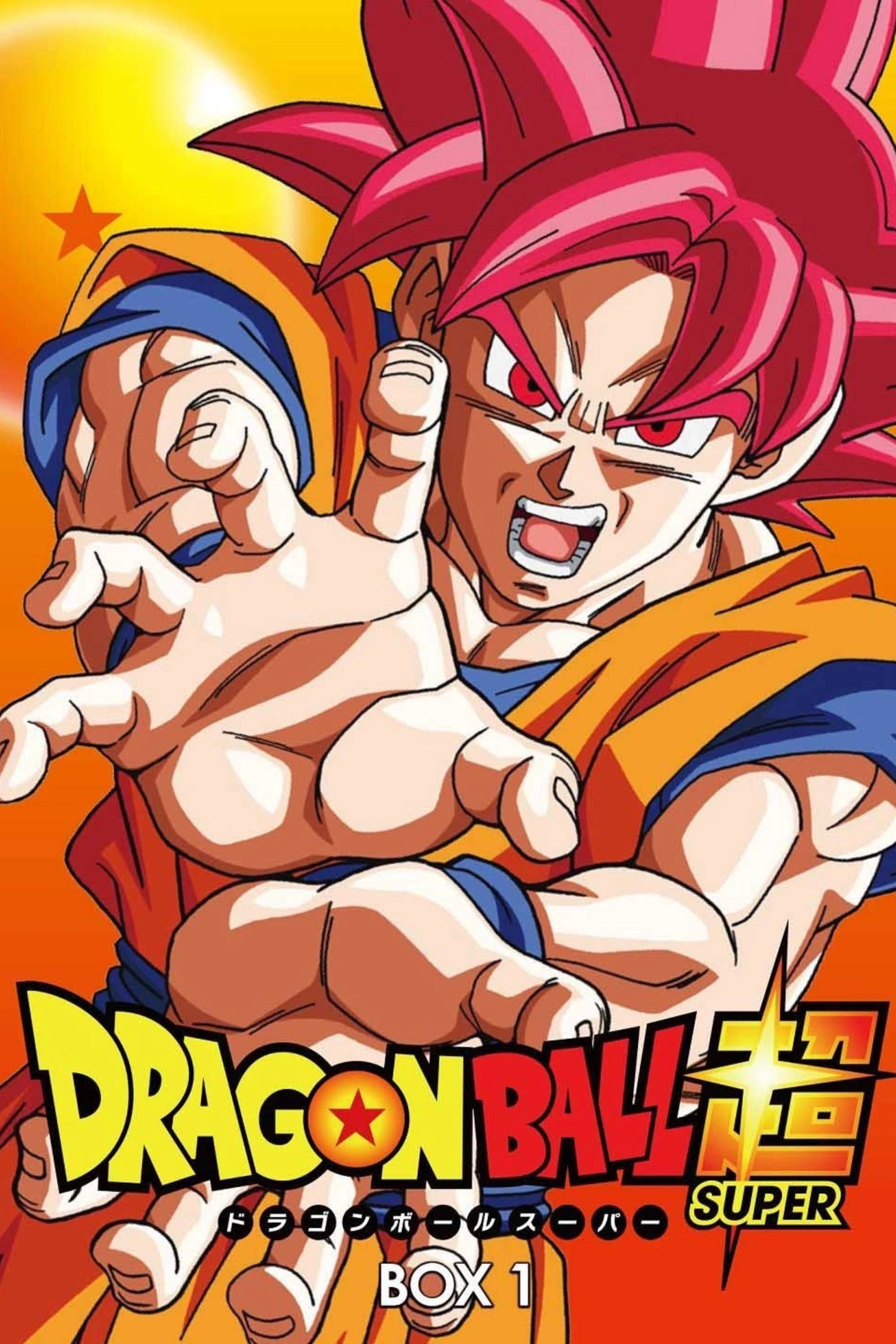
Dragon Ball Super
- Release Date
- July 5, 2015
- Studio
- Toei Animation
- Creator
- Akira Toriyama
- Number of Episodes
- 131
- Streaming Service(s)
- Crunchyroll , Funimation

